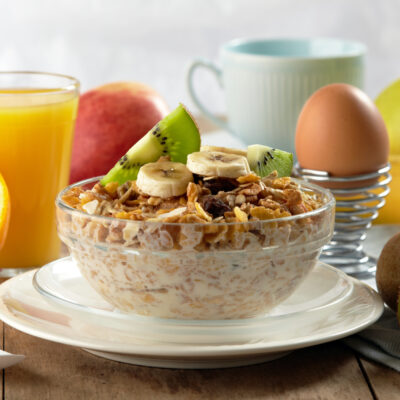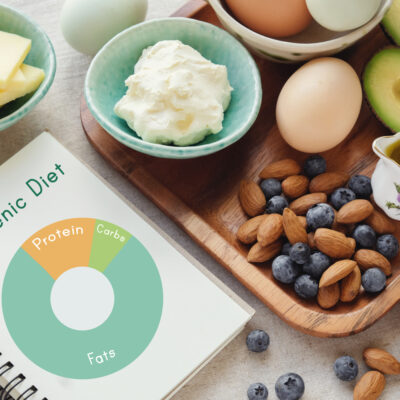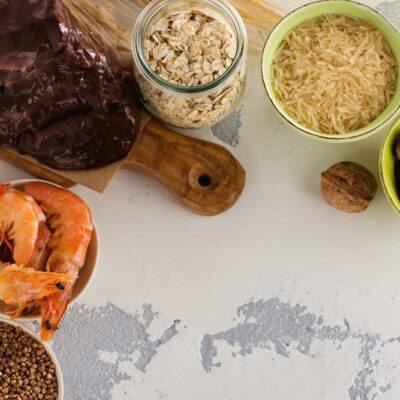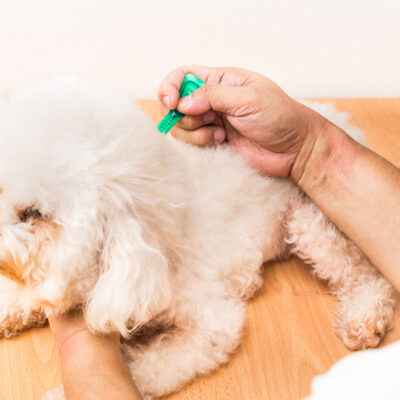
Nutrition
Snacks for Busy Kids
Healthy snacking should be a daily part of your growing child’s life. In fact, studies show that snacking is vital for growth and development during childhood because, not only do little ones burn through energy much quicker than adults; they also get hungry again much sooner between meals as the body demands calories, nutrients, and hydration between meal times. That means the snacks you feed your growing child should focus on a balanced combination of protein, healthy fats, and fiber. Here are a few healthy snack options to satisfy a busy child: 1. Pears and cottage cheese Most kids are used to eating pears from an early age as this fruit is a common addition to baby foods. So it’s likely that they’ll be drawn to this sweet treat as they grow. Sliced pears offer a great source of fiber, add some cottage cheese and place the pear slices on top for a delicious source of calcium and protein to support growing bones and muscles. 2. Ants on a log Even the most picky eaters will love this creatively named snack. While doctors used to advise not feeding infants nuts just in case of allergies, newer research shows that introducing nuts at an early age actually reduces the risk of nut allergies in kids.
Read More 










